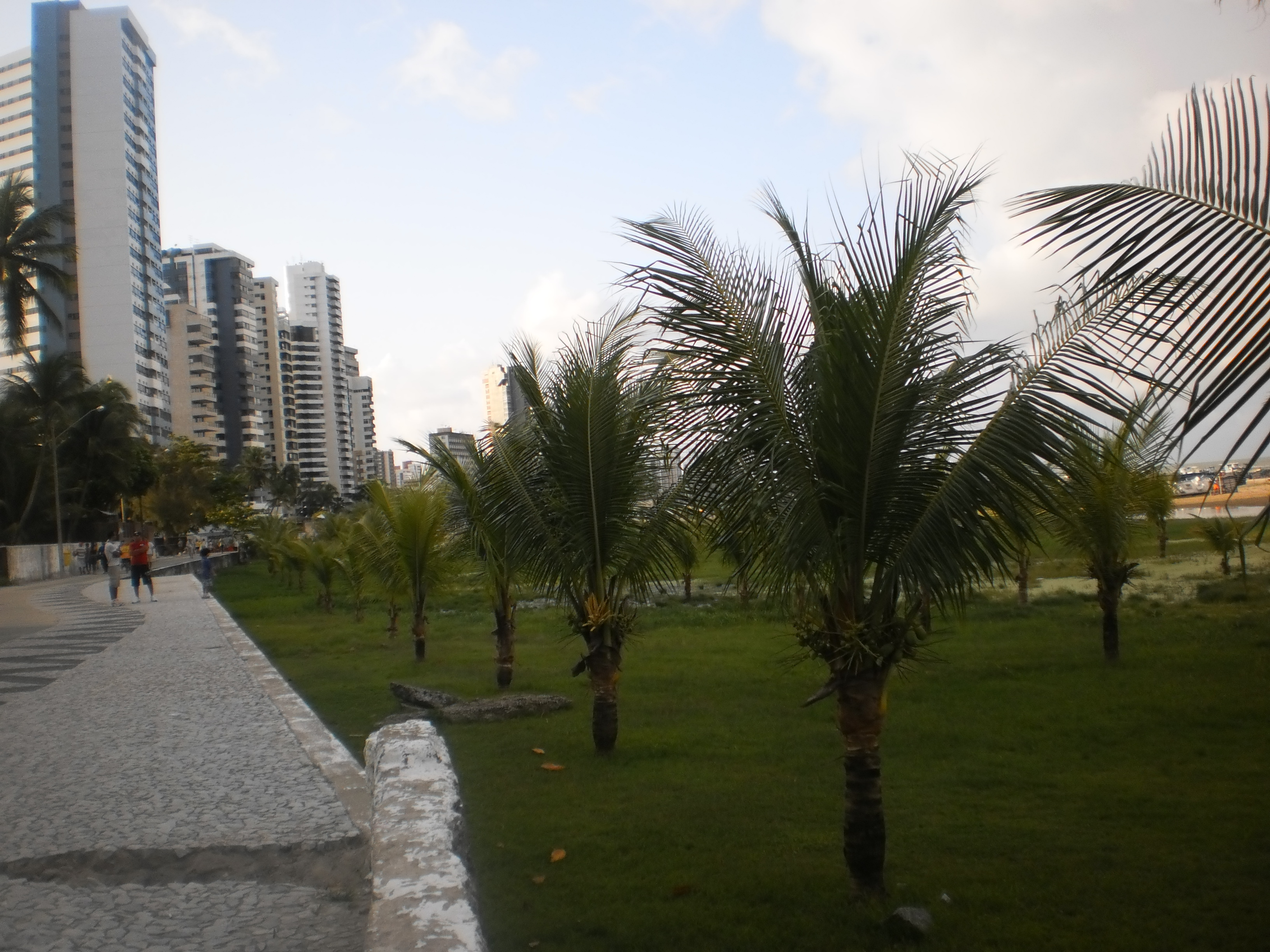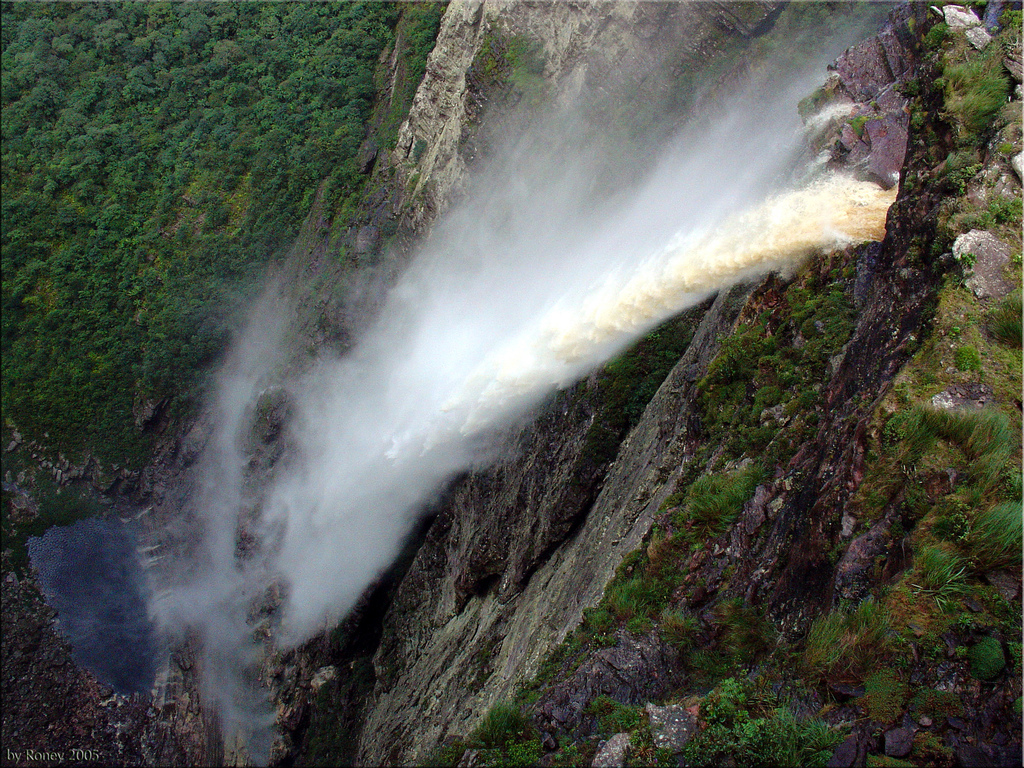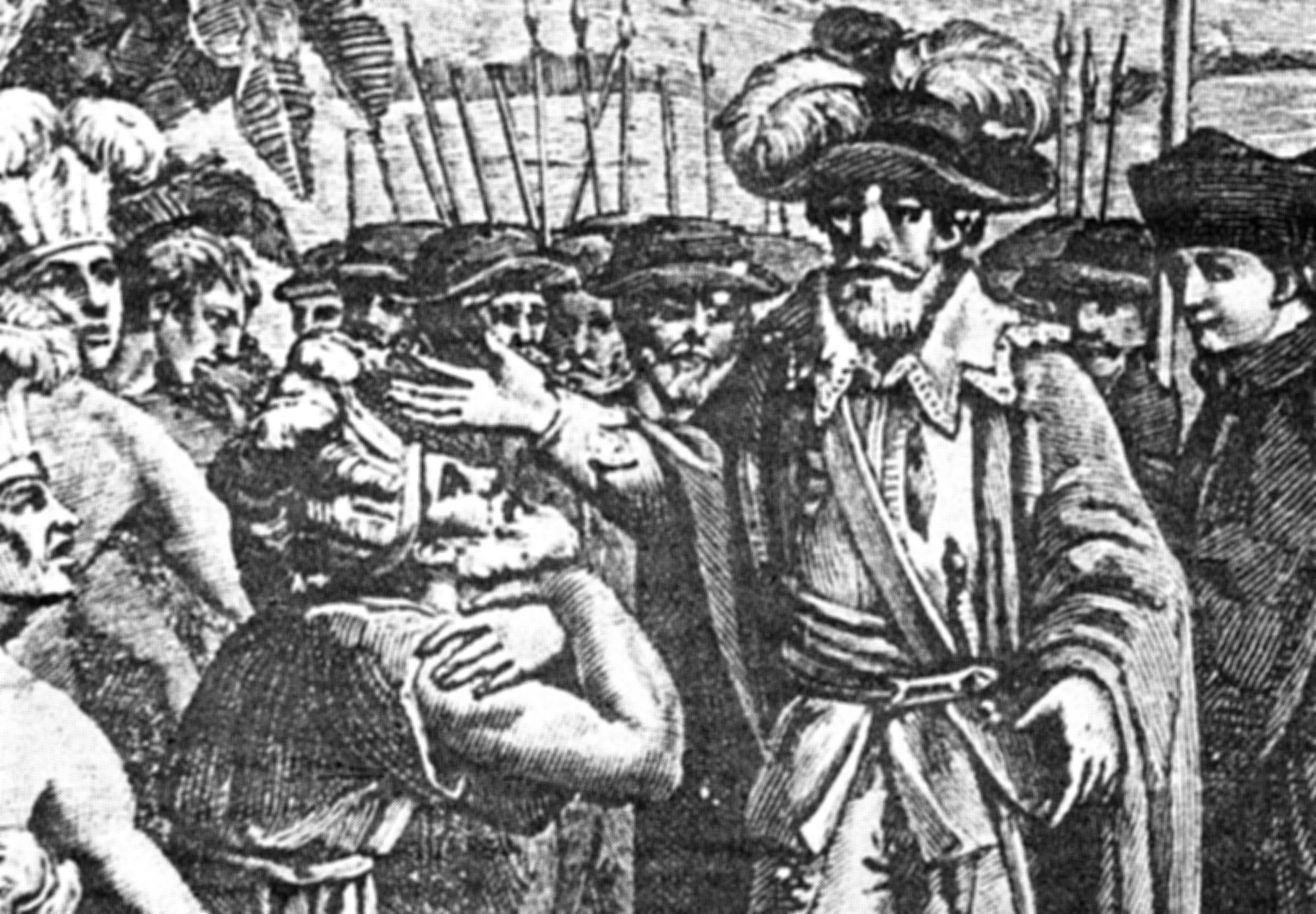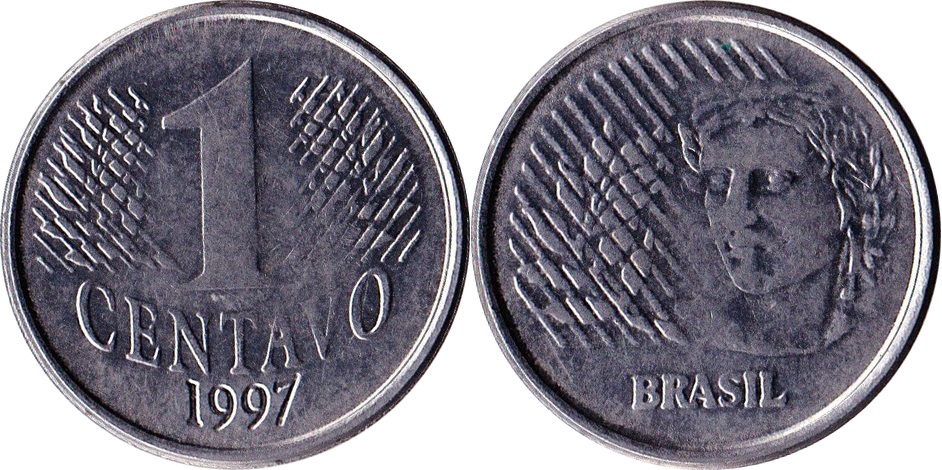|
Candeias, Bahia
Candeias is a municipality in Brazil, in the state of Bahia. It is located to the north of Salvador, the capital of Bahia. The town is near the BR-324 motorway. The town has a current population of 87,458 (2020 estimate). With the 6th-highest GDP in Bahia, its major economics activities are the port of Aratu which is one of the most important of the country. The town is based next to the second-biggest oil refinery of the country, Landulfo Alves refinery. Its GDP is R$ 1,698,526,384 ( US$ 1,081,863,939) and its HDI is 0.719. Historic heritage sites Candeias is home to four historic heritage sites, protected at either the federal or state level: *Freguesia Plantation ( pt, Engenho da Freguesia), which now functions as the Wanderley Pinho Museum of the Recôncavo * Matoim Plantation ( pt, Engenho Matoim) *Church of Our Lady of the Incarnation of Passé ( pt, Igreja da Nossa Senhora da Encarnação de Passé) *Candeias Oil Well (C-1) ( pt, Poço de Petróleo de Candeias (C ... [...More Info...] [...Related Items...] OR: [Wikipedia] [Google] [Baidu] |
Candeias 4 , river of Rondônia, Brazil
{{disambiguation, geo, surname ...
Candeias may refer to: Places in Brazil *Candeias, Bahia, municipality in the state of Bahia *Candeias, Minas Gerais, municipality in the state of Minas Gerais *Candeias do Jamari, municipality in the state of Rondônia People with the surname *Daniel Candeias, Portuguese footballer *Hermenegildo Candeias (1934–2023), Portuguese Olympic gymnast Other uses * Grupo Candeias, Capoeira group *Candeias River, river of Rondônia, Brazil See also *Preto de Candeias River The Preto de Candeias River is a river of Rondônia state in western Brazil Brazil ( pt, Brasil; ), officially the Federative Republic of Brazil (Portuguese: ), is the largest country in both South America and Latin America. At and with o ... [...More Info...] [...Related Items...] OR: [Wikipedia] [Google] [Baidu] |
Municipalities Of Brazil
The municipalities of Brazil ( pt, municípios do Brasil) are administrative divisions of the Brazilian states. Brazil currently has 5,570 municipalities, which, given the 2019 population estimate of 210,147,125, makes an average municipality population of 37,728 inhabitants. The average state in Brazil has 214 municipalities. Roraima is the least subdivided state, with 15 municipalities, while Minas Gerais is the most subdivided state, with 853. The Federal District cannot be divided into municipalities, which is why its territory is composed of several administrative regions. These regions are directly managed by the government of the Federal District, which exercises constitutional and legal powers that are equivalent to those of the states, as well as those of the municipalities, thus simultaneously assuming all the obligations arising from them. The 1988 Brazilian Constitution treats the municipalities as parts of the Federation and not simply dependent subdivisions of ... [...More Info...] [...Related Items...] OR: [Wikipedia] [Google] [Baidu] |
Brazil
Brazil ( pt, Brasil; ), officially the Federative Republic of Brazil (Portuguese: ), is the largest country in both South America and Latin America. At and with over 217 million people, Brazil is the world's fifth-largest country by area and the seventh most populous. Its capital is Brasília, and its most populous city is São Paulo. The federation is composed of the union of the 26 states and the Federal District. It is the largest country to have Portuguese as an official language and the only one in the Americas; one of the most multicultural and ethnically diverse nations, due to over a century of mass immigration from around the world; and the most populous Roman Catholic-majority country. Bounded by the Atlantic Ocean on the east, Brazil has a coastline of . It borders all other countries and territories in South America except Ecuador and Chile and covers roughly half of the continent's land area. Its Amazon basin includes a vast tropical forest, ho ... [...More Info...] [...Related Items...] OR: [Wikipedia] [Google] [Baidu] |
Bahia
Bahia ( , , ; meaning "bay") is one of the 26 states of Brazil, located in the Northeast Region of the country. It is the fourth-largest Brazilian state by population (after São Paulo, Minas Gerais, and Rio de Janeiro) and the 5th-largest by area. Bahia's capital is the city of Salvador (formerly known as "Cidade do São Salvador da Bahia de Todos os Santos", literally "City of the Saint Savior of the Bay of All the Saints"), on a spit of land separating the Bay of All Saints from the Atlantic. Once a monarchial stronghold dominated by agricultural, slaving, and ranching interests, Bahia is now a predominantly working-class industrial and agricultural state. The state is home to 7% of the Brazilian population and produces 4.2% of the country's GDP. Name The name of the state derives from the earlier captaincy of Bahia de Todos os Santos, named for Bay of All Saints (' in modern Portuguese), a major feature of its coastline. The bay itself was named by the explorer ... [...More Info...] [...Related Items...] OR: [Wikipedia] [Google] [Baidu] |
Salvador, Bahia
Salvador ( English: ''Savior'') is a Brazilian municipality and capital city of the state of Bahia. Situated in the Zona da Mata in the Northeast Region of Brazil, Salvador is recognized throughout the country and internationally for its cuisine, music and architecture. The African influence in many cultural aspects of the city makes it a center of Afro-Brazilian culture. As the first capital of Colonial Brazil, the city is one of the oldest in the Americas and one of the first planned cities in the world, having been established during the Renaissance period. Its foundation in 1549 by Tomé de Sousa took place on account of the implementation of the General Government of Brazil by the Portuguese Empire. Centralization as a capital, along with Portuguese colonization, were important factors in shaping the profile of the municipality, as were certain geographic characteristics. The construction of the city followed the uneven topography, initially with the formation of two ... [...More Info...] [...Related Items...] OR: [Wikipedia] [Google] [Baidu] |
BR-324
BR-324 is a federal highway in the Northeast Region of Brazil. The 1270.9 km road goes from Balsas, Maranhão, across the states of Piauí and Bahia to the Bahian state capital, Salvador Salvador, meaning " salvation" (or "saviour") in Catalan, Spanish, and Portuguese may refer to: * Salvador (name) Arts, entertainment, and media Music * Salvador (band), a Christian band that plays both English and Spanish music ** ''Salvador'' .... References Federal highways in Brazil {{Brazil-road-stub ... [...More Info...] [...Related Items...] OR: [Wikipedia] [Google] [Baidu] |
Brazilian Real
The Brazilian real (pl. '; sign: R$; code: BRL) is the official currency of Brazil. It is subdivided into 100 centavos. The Central Bank of Brazil is the central bank and the issuing authority. The real replaced the cruzeiro real in 1994. As of April 2019, the real was the twentieth most traded currency. History Currencies in use before the current real include: * The '' Portuguese real'' from the 16th to 18th centuries, with 1,000 ''réis'' called the '' milréis''. * The '' old Brazilian real'' from 1747 to 1942, with 1,000 ''réis'' also called the '' milréis''. * The '' first cruzeiro'' from 1942 to 1967, at 1 cruzeiro = 1 ''milréis'' or 1,000 ''réis''. * The '' cruzeiro novo'' from 1967 to 1970, at 1 cruzeiro novo = 1,000 first cruzeiros. From 1970 it was simply called the '' (second) cruzeiro'' and was used until 1986. * The '' cruzado'' from 1986 to 1989, at 1 cruzado = 1,000 second cruzeiros. * The ''cruzado novo'' from 1989 to 1990, at 1 cruzado novo = 1,000 cruz ... [...More Info...] [...Related Items...] OR: [Wikipedia] [Google] [Baidu] |
Human Development Index
The Human Development Index (HDI) is a statistic composite index of life expectancy, Education Index, education (mean years of schooling completed and expected years of schooling upon entering the Educational system, education system), and per capita income indicators, which is used to rank countries into four tiers of Human development (humanity), human development. A country scores a higher level of HDI when the life expectancy at birth, lifespan is higher, the education level is higher, and the gross national income GNI (PPP) per capita is higher. It was developed by Pakistani economist Mahbub ul Haq and was further used to measure a country's development by the United Nations Development Programme (UNDP)'s Human Development Report Office. The 2010 Human Development Report introduced an List of countries by inequality-adjusted HDI, Inequality-adjusted Human Development Index (IHDI). While the simple HDI remains useful, it stated that "the IHDI is the actual level of ... [...More Info...] [...Related Items...] OR: [Wikipedia] [Google] [Baidu] |
Freguesia Plantation
''Freguesia'' (), usually translated as "parish" or "civil parish", is the third-level administrative subdivision of Portugal, as defined by the 1976 Constitution. It is also the designation for local government jurisdictions in the former Portuguese overseas territories of Cape Verde and Macau (until 2001). In the past, was also an administrative division of the other Portuguese overseas territories. The ''parroquia'' in the Spanish autonomous communities of Galicia and Asturias is similar to a ''freguesia''. A ''freguesia'' is a subdivision of a ''município'' (municipality). Most often, a parish takes the name of its seat, which is usually the most important (or the single) human agglomeration within its area, which can be a neighbourhood or city district, a group of hamlets, a village, a town or an entire city. In cases where the seat is itself divided into more than one parish, each one takes the name of a landmark within its area or of the patron saint from the usually cot ... [...More Info...] [...Related Items...] OR: [Wikipedia] [Google] [Baidu] |
Church Of Our Lady Of The Incarnation Of Passé
Church may refer to: Religion * Church (building), a building for Christian religious activities * Church (congregation), a local congregation of a Christian denomination * Church service, a formalized period of Christian communal worship * Christian denomination, a Christian organization with distinct doctrine and practice * Christian Church, either the collective body of all Christian believers, or early Christianity Places United Kingdom * Church (Liverpool ward), a Liverpool City Council ward * Church (Reading ward), a Reading Borough Council ward * Church (Sefton ward), a Metropolitan Borough of Sefton ward * Church, Lancashire, England United States * Church, Iowa, an unincorporated community * Church Lake, a lake in Minnesota Arts, entertainment, and media * ''Church magazine'', a pastoral theology magazine published by the National Pastoral Life Center Fictional entities * Church (''Red vs. Blue''), a fictional character in the video web series ''Red vs. Blue'' * ... [...More Info...] [...Related Items...] OR: [Wikipedia] [Google] [Baidu] |
Candeias Oil Well (C-1)
The Candeias Oil Well (C-1), discovered on December 13, 1941, is located in the municipality of Candeias, in the interior of the state of Bahia. Context and discovery Drilled on June 30, 1941, the Candeias Oil Well 1 (C-1) was the first commercial exploration well and the first oil field in Brazil. Previously, on January 21, 1939, a well had been discovered in Lobato, a district of Salvador, but it was not commercially exploited. Both used the same drilling machine. Work began on April 2, 1941, but drilling only took place in June and was completed on December 31, 1941. The exploration of oil in Brazil dates back to the government of Pedro II, when he granted permission to the Englishman Thomas Denny Sargent to extract oil and other minerals in the south of Bahia. In 1892, drilling was carried out by Eugênio Camargo, who only managed to extract clayey sand. In 1907, the Mineralogical Service of Brazil joined the research and increased the areas under analysis. Landulpho A ... [...More Info...] [...Related Items...] OR: [Wikipedia] [Google] [Baidu] |



